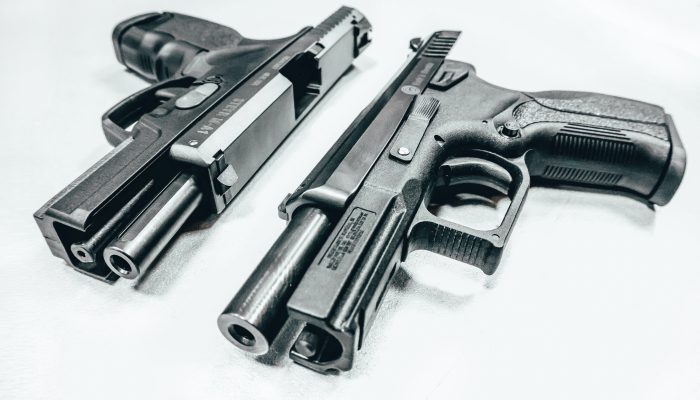A South St. Paul teen shot dead outside his home in a botched drug deal. Bullets peppered throughout a crowded St. Paul bar. A gun stolen from a Ham Lake home fired at motorcyclists less than a half hour later.
Legally bought firearms are showing up at crime scenes in Minnesota — and nationally — faster than ever, in part a reflection of a more concerted effort by law enforcement to trace guns used in crimes back to those who, in some cases, helped deliver them to the shooters.
“These are not the people who pulled the trigger, but the trigger doesn’t get pulled without them,” said U.S. Attorney Andrew Luger, who chairs a violent crime committee of top federal prosecutors around the country.
Luger, who started his second term vowing to make violent crime and gun cases a top priority, said in an interview last week that he believed his office will now bring forward more cases against people who buy firearms for those banned from owning them — often referred to as “straw purchasers” — “than ever before.”
Recent federal straw purchasing cases have been linked to high-profile fatal shootings from around the metro in the past year. Federal law enforcement leaders also remain concerned about stolen firearms later being used in violent crimes.
The Bureau of Alcohol, Tobacco, Firearms & Explosives (ATF) is continuing to recover and trace a record number of firearms used in crimes in Minnesota. The ATF reported recently that it recovered and traced 4,605 firearms in Minnesota last year — up from 4,072 in 2020.
Among those firearms, the ATF is tallying an ongoing, precipitous decline in the average time between a gun’s legal purchase date and the date it turned up at a crime scene. That figure was 6.27 years in 2021, down from 7.34 in 2020 and 8.43 years in 2019. Minnesota’s average is dropping in a pattern consistent with the national trend over that same period: from a little more than 8 years before the pandemic to just over 6 years in 2021.
Read the full story at the Star Tribune.

